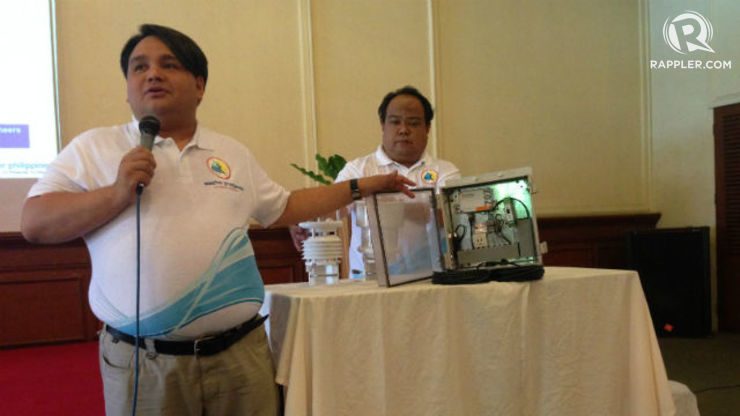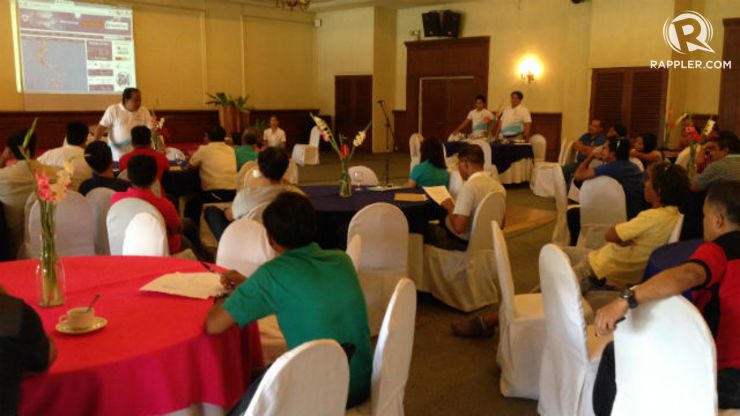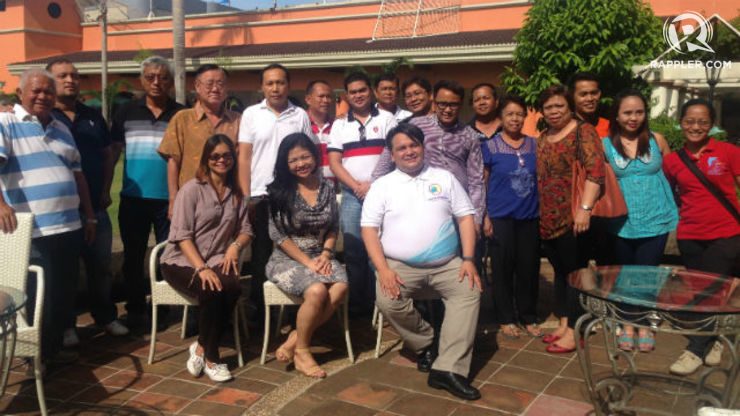SUMMARY
This is AI generated summarization, which may have errors. For context, always refer to the full article.

As part of MovePH’s initiative on spreading awareness on climate change adaptation (CCA) among different local government units (LGUs), I attended the roll out of Weather Philippines Foundation‘s (WPF) weather stations on Friday, May 9, in Ormoc City, Leyte. Around 29 LGUs from Leyte and Southern Leyte – some of the provinces worst hit by Super Typhoon Yolanda (Haiyan) – participated in the event.
The participants and experts discussed how to make their disaster response workflows more effective and sustainable – tackling civil society and government collaboration, and ensuring business continuity despite extreme weather conditions.
The activity sought to help LGUs ensure business continuty and improve disaster risk mitigation in the face of extreme weather conditions like Super Typhoon Yolanda.
Below are the highlights of the conference.
Weather station turnover
WPF, an non-governmental organization (NGO) focusing on climate change adaptation, gave automatic weather stations to 16 LGUs in Leyte.
An automatic weather station is a weather sensor that senses global radiation (solar), wind direction, wind speed, temperature, pressure, rainfall and precipitation.

“These equipment are the basis for the forecast of weather conditions. Super computers in Taguig and Switzerland process the information coming from the weather stations,” WPF general manager Celso Caballero III said.
The weather stations are given free to the LGUs. The data and information collated feed into the WFP website.
WPF is set to give more automatic weather stations to13 LGUs in Southern Leyte on May 23, 2014. The NGO’s goal is to put 1,000 equipment to locations around the country.
A risk response model
In a breakout session with local chief executives from both provinces, crisis and risk strategist Amor Maclang discussed the importance of proper risk response and mitigation to LGUs’ local economies.
She emphasized that identifying possible risks and crises – not necessarily limited to weather conditions – is the first step to solving the problem.
“How do you properly handle risks? They are inevitable…Remember only 30% of the risks we face are acts of nature. The other 70% are mitigatable risks,” Maclang said.
She gave 3 phases in the anatomy of a crisis:
- Pre-crisis status quo – Prevention, Mitigation, Planning, Warning
- Crisis – Response, Information Dissemination, Decision-making
- Post crisis – Recovery, Restoration, Re-branding

With proper planning and handling, Maclang said risks won’t severely affect local economies. She cited conflict-riden tourism havens like Bangkok, Seoul, and Puerto Rico, where tourism is a major driving force to the economy.
Here are her 10 rules that LGUs can follow when faced with different crises:
- Are you sure this is a crisis? Who says it’s a crisis on what basis?
- Focus on de-escalation. An issue becomes a problem which becomes a crisis if not met with the right action.
- Crises need one person in charge. These are the chief executives. They need the facts. They need to develop a plan.
- Crises need one main spokesperson. They need to be credible and believable. Lessen the blabber among those acting upon the problems.
- Explain don’t defend. Be factual and unemotional.
- Never lie. One lie leads to many. You will be found out and never trusted again. Genuine cases of national security might be different.
- Get onto the fore front. Regain the agenda. This includes managing bad news.
- Identify key stakeholders.
- Plan for life beyond the crisis. Someone needs to stay objective. The aim must be to get back to ‘business as usual’ as quickly possible.
- What can you learn? Could the crisis have been avoided? what could have been done better? What mistakes did you make? How can you remember what you learned?
Maclang said that the local chief executives have the final say on how a crises can affect their communities.
“As leaders, you have the reputation (of your municipality). Your reputation is your responsibility…You can say when the crisis ends,” she added.
Technology for disaster resiliency
I presented Rappler’s Project Agos and how LGUs can utilize technology, crowdsourcing, and government-civil society collaboration to create disaster resilient communities.
I emphasized how technology is changing the way things work. Social media is a powerful tool that can create real world action, especially in the field of disaster risk response and mitigation (DRRM), and climate change adaptation (CCA).
Because of social media, it becomes easier to share best practices and advocacy, raise awareness on pertinent issues, and initiate social movements.
Project Agos is an avenue where the government, the private sector, and the public can synergize DRRM and CCA strategies to create a bigger impact.
Positive feedback
The local chief executives of Leyte and Southern Leyte were thankful for the new tools they can use to respond to future disasters. With their experience during Yolanda, they said they need all the help they can get in building more resilient communities.

Palampon mayor Ramon Oñate said the event gave him widened his perspective on creating solutions for disasters.
“It really opened up our minds. We didn’t even think of the projects you presented before today. We can now think of economic and technological solutions to the way we handle crises,” Oñate said in a mix of Filipino and English.
My biggest take home from this event, perhaps, is that LGUs are willing to adapt better solutions to risks and disasters if they are given the opportunity to do so. They are ready to stand up and face the inevitable.
Being proactive – not reactive – will always be the best way to view DRRM and CCA. Preparation will always save the most lives.
The WPF’s automatic weather stations, Maclang’s risk response model, and Rappler’s Project Agos will hopefully equip the 29 LGUs to be more prepared when the next calamity strikes in their areas. I am looking forward to seeing (and maybe, even covering) a disaster resilient Leyte and Southern Leyte. – Rappler.com
David Lozada is a multimedia reporter for Rappler’s MovePH. He was named Young Development Journalist of the Year in the 2013 Developing Asia Journalism Awards in Tokyo, Japan.
Add a comment
How does this make you feel?
There are no comments yet. Add your comment to start the conversation.